'fat, dark and juicy': Every type of blackberry you could ever need and how to plant them
The forager's delight, blackberries are delicious to eat and easy to grow. Here are some varieties that are worth savouring.
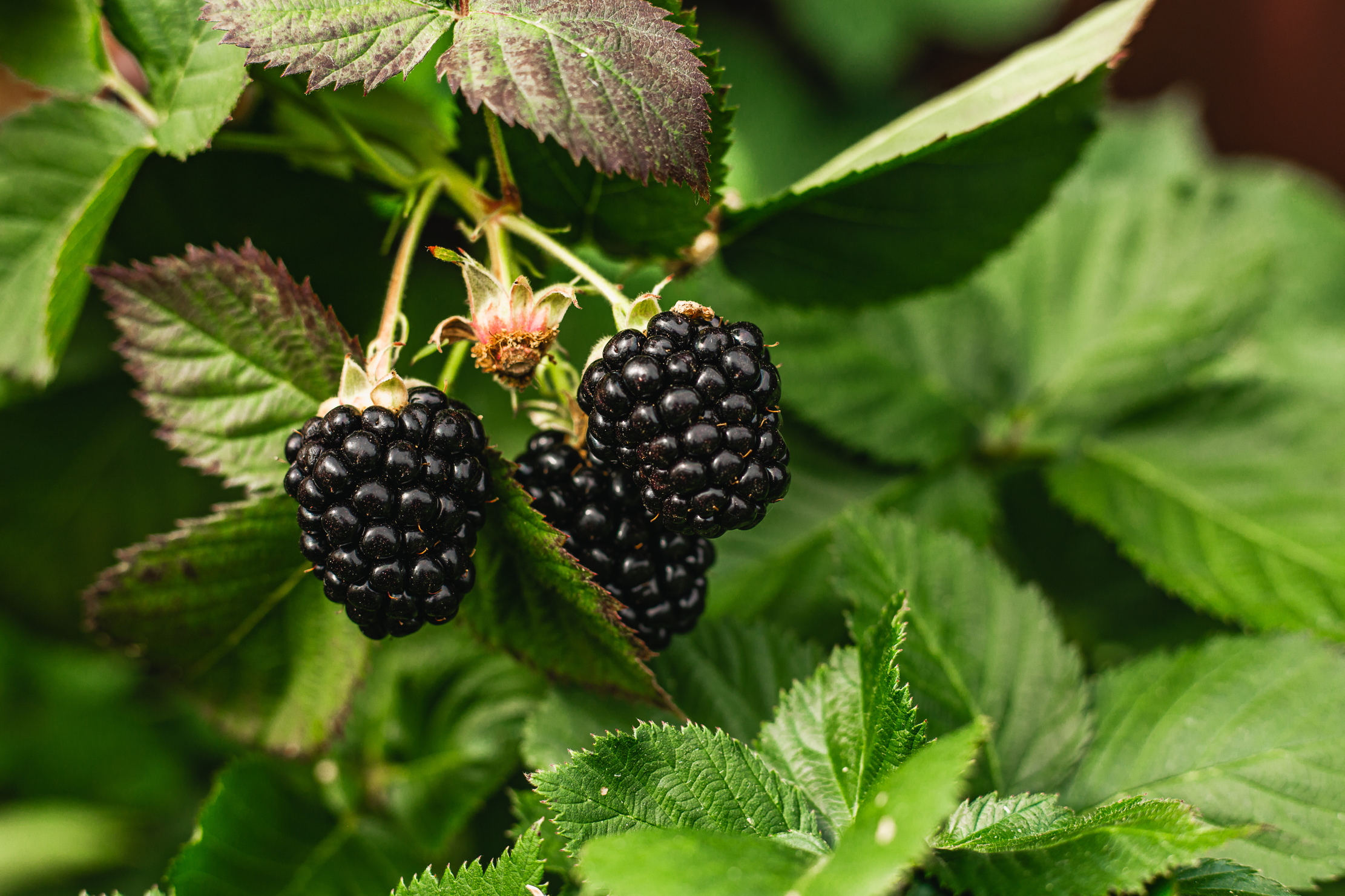

Blackberries are many people’s first — perhaps only — excursion into the world of foraging. Some of my strongest childhood memories are of the four of us, Tupperware in hand, heading to the railway line that — thanks to the Beeching line closures — had grown wild with brambles. How could something free taste this good? One for me, one for the tub was as good as the ratio of eating to saving got.
Whether in my own garden or beyond, plucking soft fruit from the plant still holds that magic for me. Although I continue to forage blackberries with my family, I can’t help but grow a few of the sweeter varieties bred for the garden, together with a raspberry bed and — every bit as good as the rest — a few hybrid berries that I wouldn’t be without.
Boysenberries (Rubus ursinus x idaeus) are among my favourite fruits. After a few years without, I planted one in our new garden and keenly anticipate its fruitfulness. There is some debate, but a boysenberry is commonly regarded as a Californian cross between a blackberry (R. fruticosus), raspberry (R. idaeus), American dewberry (R. aboriginum) and loganberry (R. x loganobaccus).
You might think that the complex parenting would lead to fruit of indistinct taste, yet it is extraordinary: fat, dark and juicy, with a depth and complexity of flavour that brings the ripest black-currants and red wine to mind. If you have the nerve, leave them to ripen as long as you can. At this delicious, juicy point, boysenberries will happily fall into the two-dimensional within a couple of days, so eat them without delay.
Loganberries (Rubus x loganobaccus) were the first fruit I tasted at a pick-your-own farm. Their long, dark, juicy berries looked like magical raspberries to 10-year-old me and their flavour — sweet and sharp in perfect balance — made them an instant friend. Discovered as a natural hybrid in his Californian garden by James Harvey Logan in the 1880s, they wear their raspberry parentage most strongly, but blackberry is equally evident on the tongue.
'Tayberries have a pleasing late sharp touch that makes the sweetness even better. Vigorous and productive, you might even find a thornless variety to make picking less intimidating'
Tayberries (Rubus fruticosus x R. idaeus) are a blackberry/raspberry cross that was first bred in Scotland and named after the River Tay. Darker and sweeter than loganberries, tayberries have a pleasing late sharp touch that makes the sweetness even better. Vigorous and productive, you might even find a thornless variety to make picking less intimidating.
Japanese wineberries (Rubus phoenicolasius) are a distinct species, rather than the result of hybridisation, but I’m going to sneak them in on the grounds that many assume they’re a cross — and because they are so very good. They are perhaps the most beautiful of the blackberry-alikes: small, light-pink flowers appear on the side branches in early summer that, in time, develop into calyxes that open to reveal the berries within. These traffic-light quickly from lime green through lively orange to a deep crimson that signals they are at their very best. Sweet and luscious, the fruit taste of dark grapes, blackberries, raspberries and mulberries.
Sign up for the Country Life Newsletter
Exquisite houses, the beauty of Nature, and how to get the most from your life, straight to your inbox.
Happily, all of these berries grow similarly and require the same maintenance. As with blackberries, canes that grow in one year form side shoots the following year and this is where fruit is produced. In an annual cycle of pruning, all you have to do each winter is cut the canes that have spent side shoots back to the ground, leaving the unbranched canes to produce during the next growing season. I often leave the pruning until early spring, as the sight of the spent canes catching the frost and the light pleases me.
Although all are happy left to scramble, each takes well to being fan-trained either against a wall or along wires between posts. Pleasingly, all are self-fertile: you’ll need only one to produce fruit. If you intend to grow more than one hybrid, bear in mind when these berries are at their most productive so that you can plan for a succession or a glut: tayberries start in early July, with loganberries typically towards the end of the month, producing steadily into early autumn. Boysenberries tend to overlap them both, whereas the peak of Japanese wineberries lies between the heights of summer and autumn raspberries.
Although relatively tolerant of site and soil, each will thrive in a sunny spot, with a good fertile soil and an annual mulch with compost or manure. Largely untroubled by pests, your only competition for your precious harvest is likely to be birds, so do consider netting as they ripen.
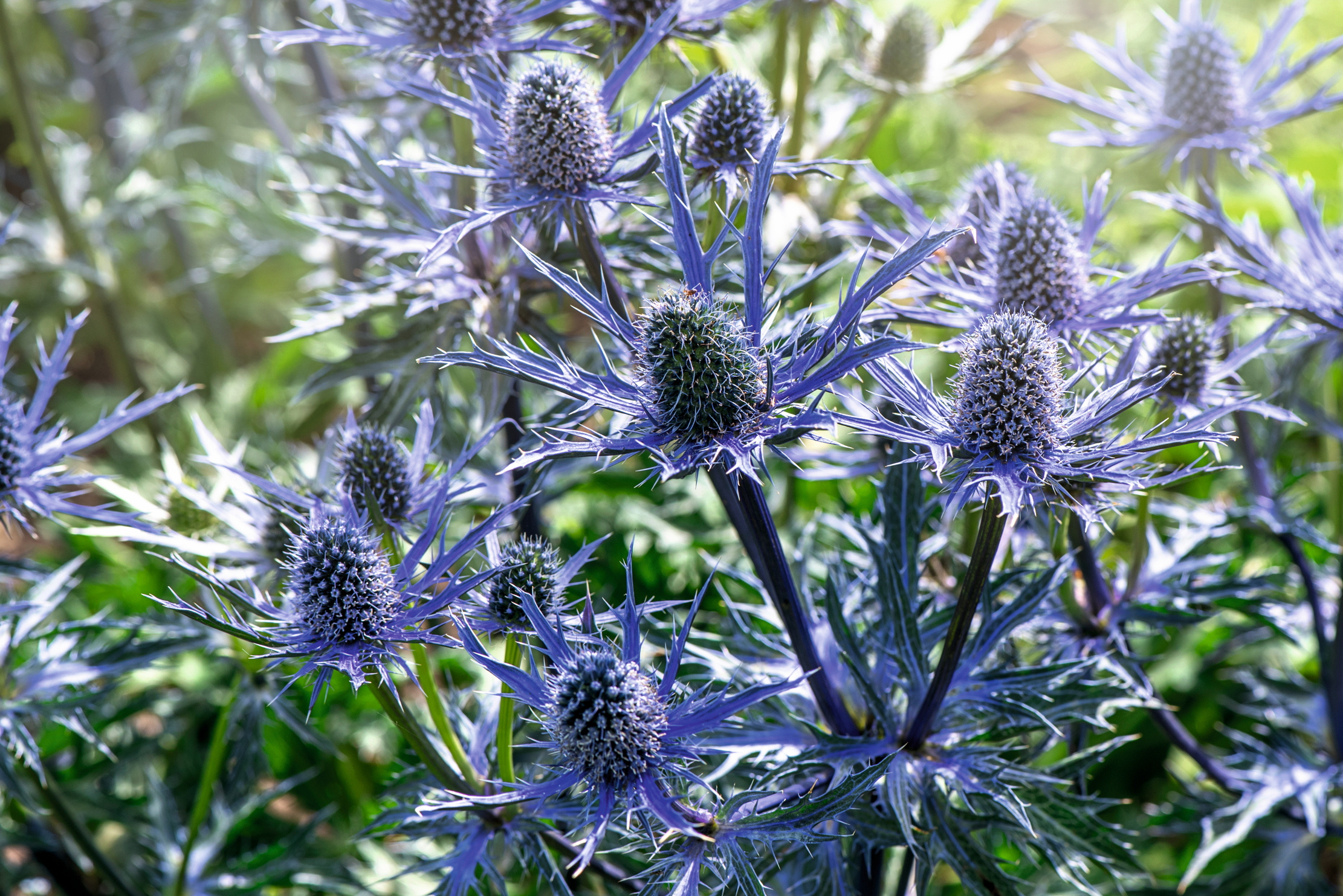
The year of the umbellifer: the glorious plant jesters thriving in the summer rain
Perhaps a bit prickly, these plants are loved by bumblebees and make a great splash of colour.
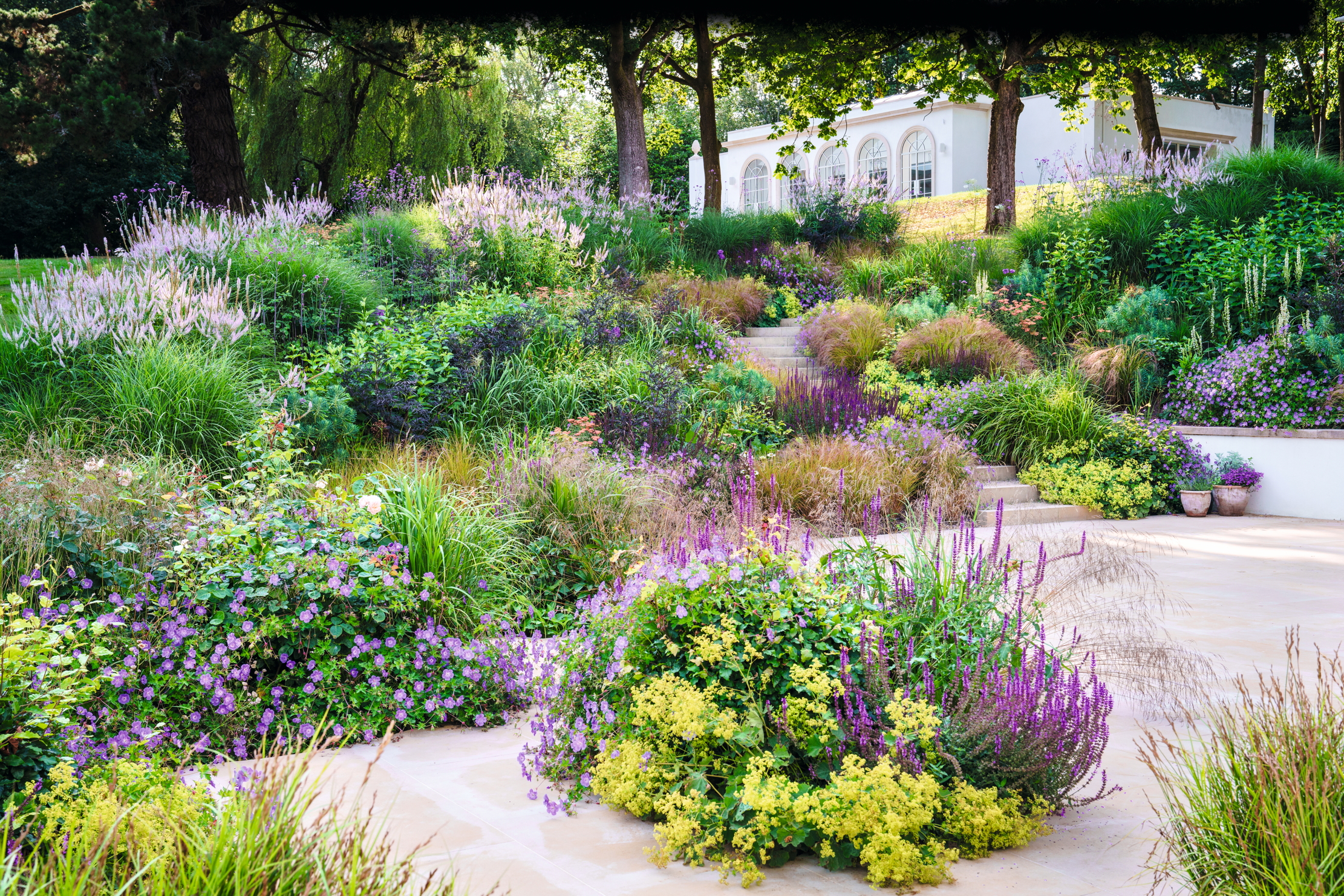
At a home designed by the architect of the Royal Botanical Society, a new garden takes shape
Almost two centuries separate this Decimus Burton villa from its new contemporary garden and yet they suit each other perfectly.
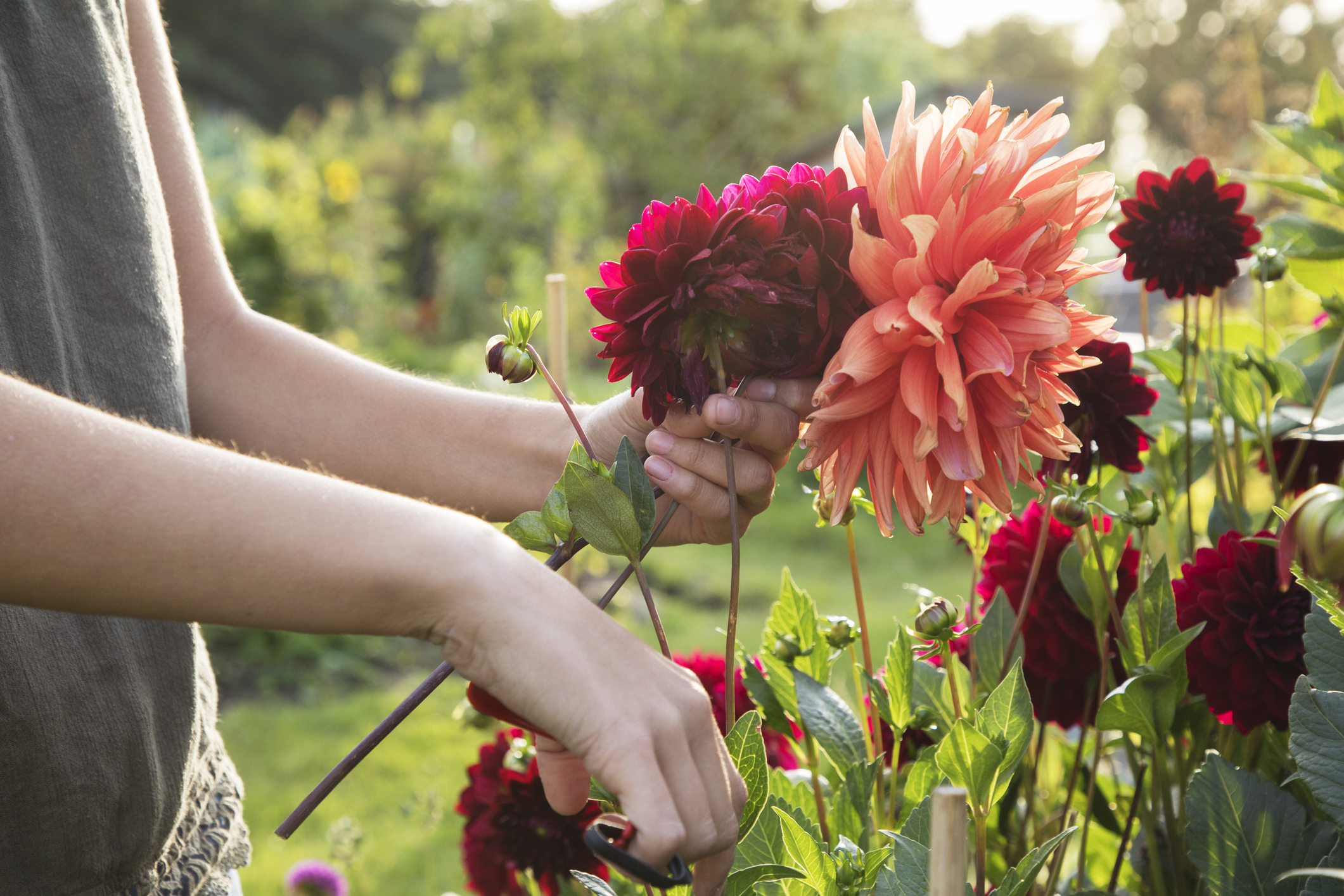
The case of the disappearing dahlias
John Hoyland of the gardens at Glyndebourne on how to plug the gaps of those flowers that didn't make it
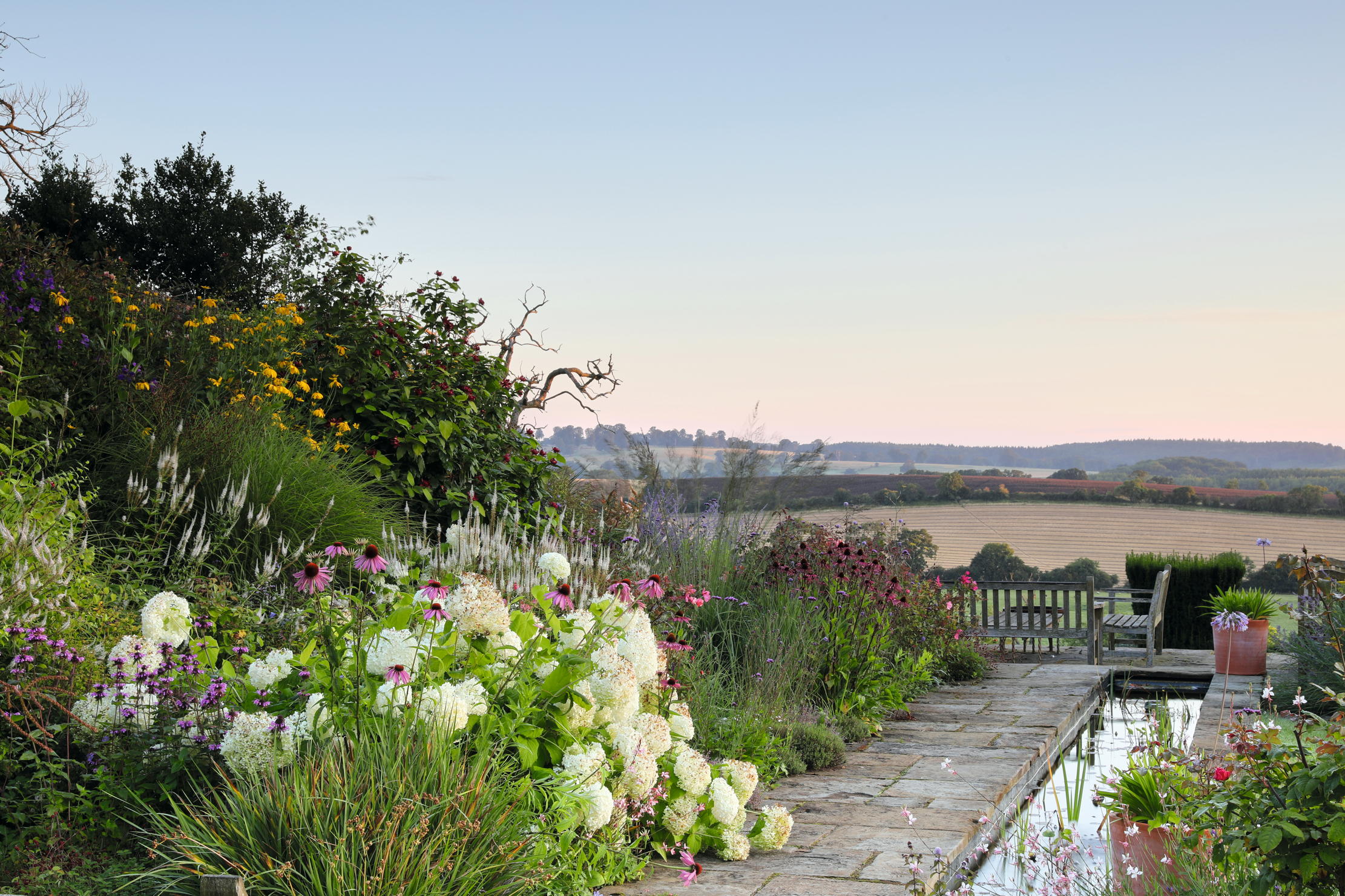
The garden at the Old Rectory, Preston Capes: Happily ever after
Reinstating the view was central to the remaking of the garden at the Old Rectory at Preston Capes, Northamptonshire. Tiffany
Mark is lucky enough to spend most of his time eating, growing, writing and talking about food. He has written fourteen award-winning books, including A Year at Otter Farm and A Taste of the Unexpected (both won Food Book of the Year, and Garden Book of the Year). Known for growing everything from Szechuan pepper to pecans to Asian pears, Mark's refreshing approach to growing and eating has done much to inspire a new generation to grow some of what they eat. He was involved in the early days of River Cottage, appearing in the TV series, and writing four River Cottage books. Mark writes to a global audience on his best-selling Substack: Mark Diacono’s Abundance.
-
 'Monolithic, multi-layered and quite, quite magnificent. This was love at first bite': Tom Parker Bowles on his lifelong love affair with lasagne
'Monolithic, multi-layered and quite, quite magnificent. This was love at first bite': Tom Parker Bowles on his lifelong love affair with lasagneAn upwardly mobile spaghetti Bolognese, lasagne al forno, with oozing béchamel and layered meaty magnificence, is a bona fide comfort classic, declares Tom Parker Bowles.
By Tom Parker Bowles
-
 Country houses, cream teas and Baywatch: Country Life Quiz of the Day, April 24, 2025
Country houses, cream teas and Baywatch: Country Life Quiz of the Day, April 24, 2025Thursday's Quiz of the Day asks exactly how popular Baywatch became.
By Toby Keel